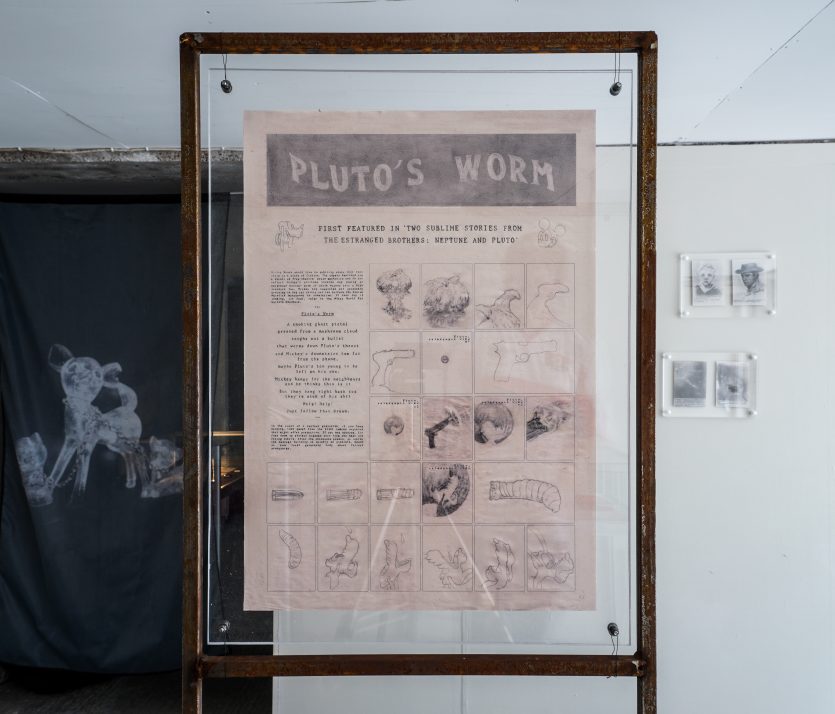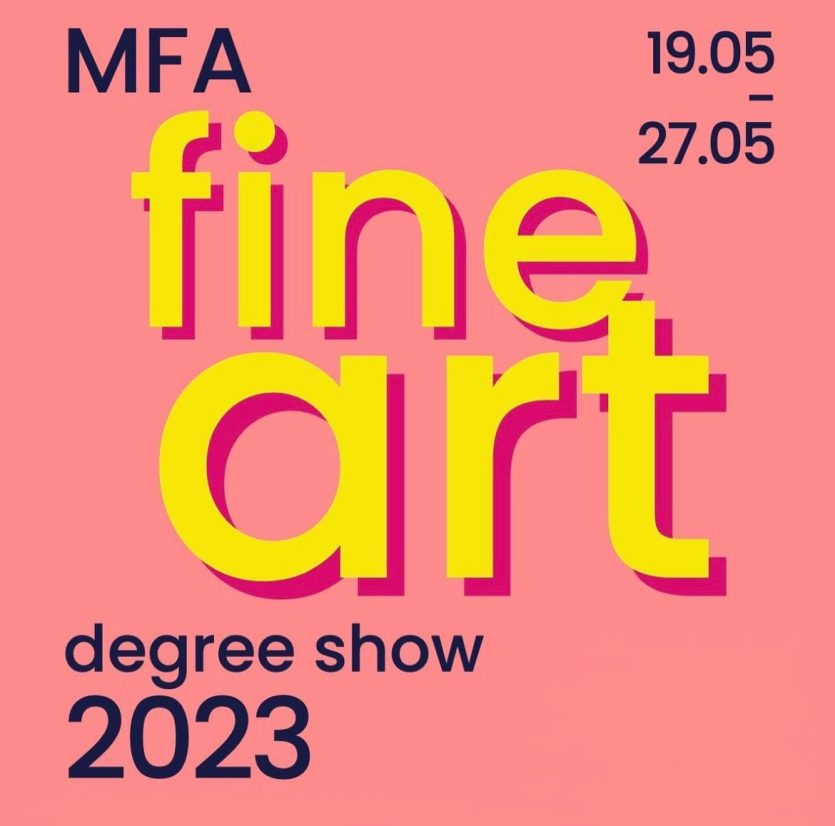Preview: 18 May | 5-8pm
General Opening Times: 12-5pm
Free entry
Venue
– S1 Artspace (Project Space)
– Sheffield Hallam University Fine Art Campus (Head Post Office 1st Floor)
S1 Artspace plays host to Sheffield Hallam University’s MFA Fine Art Degree Show showcasing works by ten emerging artists. Featuring works by Bambi Smith, Christine Halsey, Johnsey, Josie Millwood, Kennedy Drake, Lydia Swinney, Molly Pemberton, Ruth Miemczyk, Steph Taylor and Steven Wood, the exhibition is an indepth dive into each artist’s practice providing a snapshot of our current social climate. The exhibition encompasses a broad range of subjects and raises questions about our human interactions, connections and spirituality; the tensions between analogue and digital and our relationship with technology; and issues surrounding current political, social and environmental concerns.
Sheffield Hallam University’s MFA Fine Art course offers an intensive programme in contemporary art that supports conceptual and studio-based artistic practice. The student-centric approach to making and thinking engages with practices ranging across the spectrum of the art world. Students ask questions of art, and of themselves, to engage with what it means to be a practitioner in today’s social, intellectual and artistic context. Studying is an exploration of the ways in which art practices can be transformed and re-invented by shifting definitions of practice and cultural conditions.
The programme benefits from the strength of research in Fine Art, and also in the Art and Design Research Centre. Fine Art education in Sheffield has a rich experimental history that continues to inform Sheffield Hallam’s programmes. Students join the course from an incredibly diverse range of backgrounds to come together as a studio community, sharing individual and collective interests that expand contextual and cultural awareness.
Bambi Smith works with moving image, drawing, photography, sound and creative writing. Her practice is driven by concepts of artifice, the unhomely and sublimity; using layers of distortion to explore the unreal through analogue and digital processes. Smith’s pieces are often ephemeral and rooted in a sense of dream logic, and a Hauntological atmosphere of destiny and doom.
Christine Halsey is a multi-media artist working in areas of sculpture, assemblage, print, and video. Her work is multifarious and generative, borrowing from an eclectic but tenuously interconnected range of topics and sources. Halsey’s practice is underpinned by the constant battle between the rational and emotional thinking that characterise the human position. Addressing themes of complexity, contradiction, and ambiguity, her work explores transience, intangibility, and ‘the in between’—the liminal spaces on the threshold of opposing extremes where our understanding of a thing shifts and mutates.
Johnsey’s socially engaged practice aims to blur the boundaries between artist, participant and audience through active involvement and responsive collaboration. The result of this process is a giant archive of marks layered in a series of ever-changing paintings and drawings.
Josie Millwood is a visual artist whose 2D and 3D pieces explore the themes of Shamanism, Psychedelics and Sacred Geometry. Millwood’s practice involves exploration of the inner world of the psyche using shamanic journeying, a journey towards spiritual growth and personal healing. Her works are created using a variety of painting techniques, materials, and processes and combine different styles of art to explore new possibilities.
Hostile environments, social justice and contemporary politics are key concerns within Kennedy Drake’s practice, highlighting the experiences and stories of those at the sharp end of inequalities. Throughout her MFA, Drake has explored the different versions of hostile environments, and these are examined throughout her portfolio to present a hard-hitting critique of class inequality in the UK.
Lydia Swinney exposes material decay in her work, to incite and motivate continual activity. Swinney explains her work as: The screen is absence, exposed in scraps. Whatever wilts, will surface. Whatever the surface will, wilt.
With a heavy emphasis on the handmade, Molly Pemberton’s practice explores the notion in which the escalation in digital technology composes our understanding of reality. Her practice addresses the proliferation of digital imagery enabled by the immediacy of the Internet and the consequent mediation of reality through imagery. Inspired by science fiction and dystopias, its related imagery, colour palettes and themes often emerge throughout her work.
Absence, separation and loss are themes that reverberate throughout Ruth Miemczyk’s work, often referencing growing up with two cultures, one English, one Polish. Researching, re-discovering the other place, the other time, her practice explores the materiality of surface, how it holds and reveals stories of human interaction alongside the very nature of our world.
The core of Steph Taylor’s work is the stitch, the repeated haptic act of combining materials and exploring their materiality. Her focus is the impact of discarded plastic on the environment and our relationship with it. Elevating them above the value they held and displacing them into a different context is her gentle activism.
Steven Wood’s practice explores a spiritual process of making. Often combining technology with traditional sculptural methods and materials, Wood’s work touches on themes of surrealism, memory, trauma, and the human condition. An immersion in materials, and processes of creation, deconstruction, and reconstruction are central to this practice. Though the work often stems from personal experience and emotion, the pieces test the balance between the traditional and the contemporary, and the viewer is invited to make their own connections with the finished product.
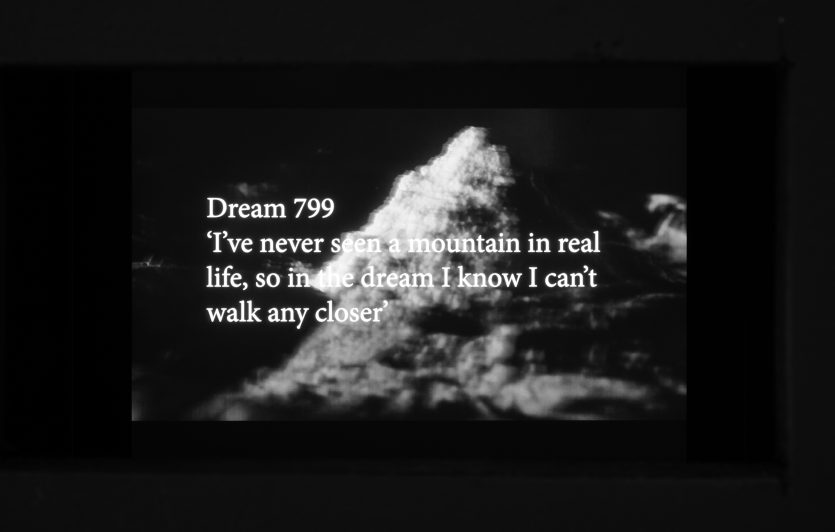
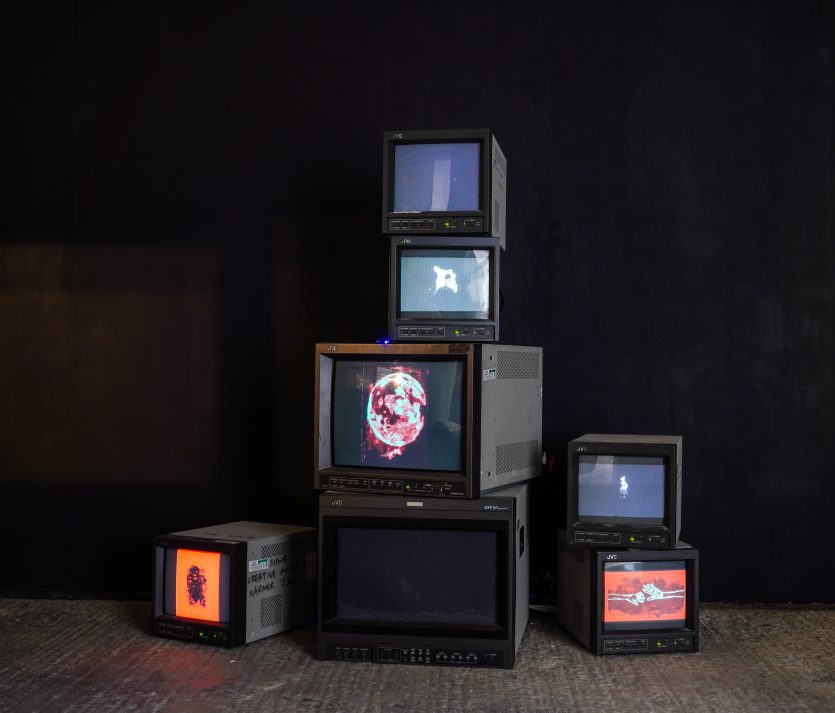
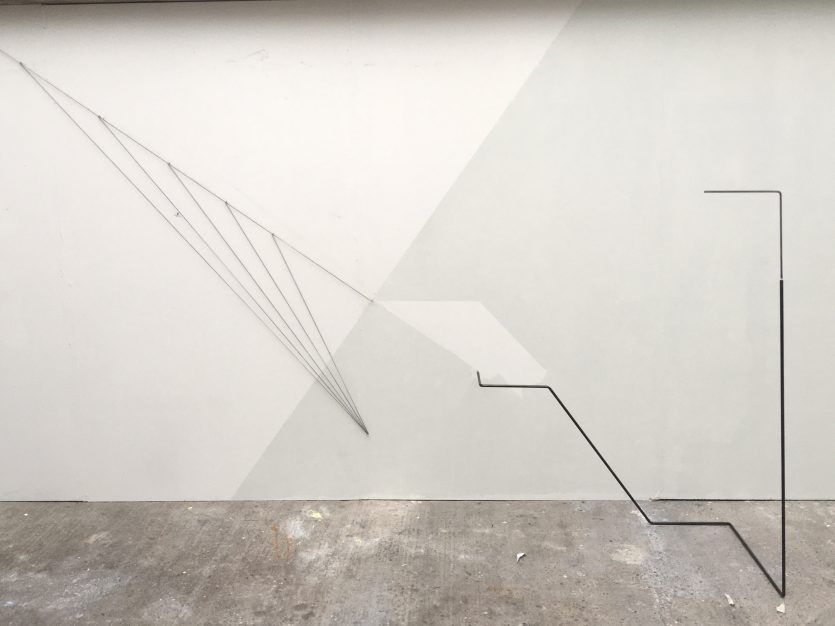 Christine Halsey, 'Landscape of Longing' (2023)
Christine Halsey, 'Landscape of Longing' (2023)
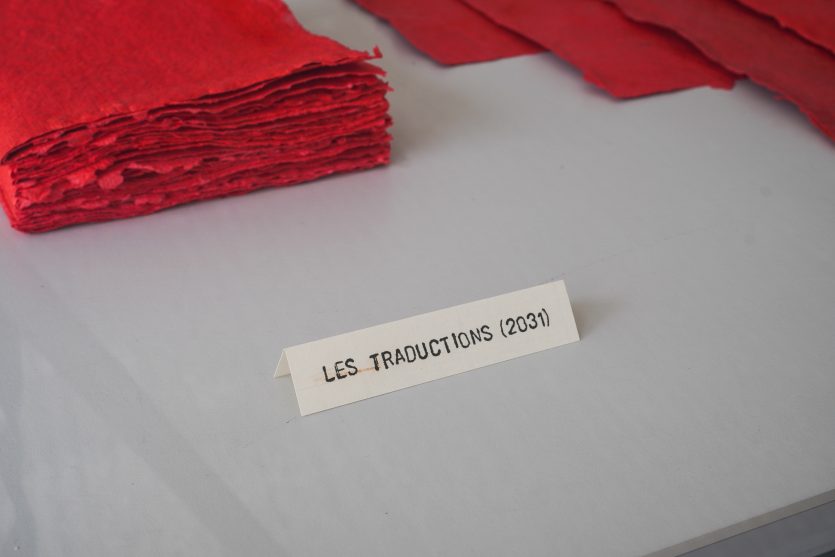 Molly Pemberton, 'Project Moonscape_ La Carte' (2023)
Molly Pemberton, 'Project Moonscape_ La Carte' (2023)
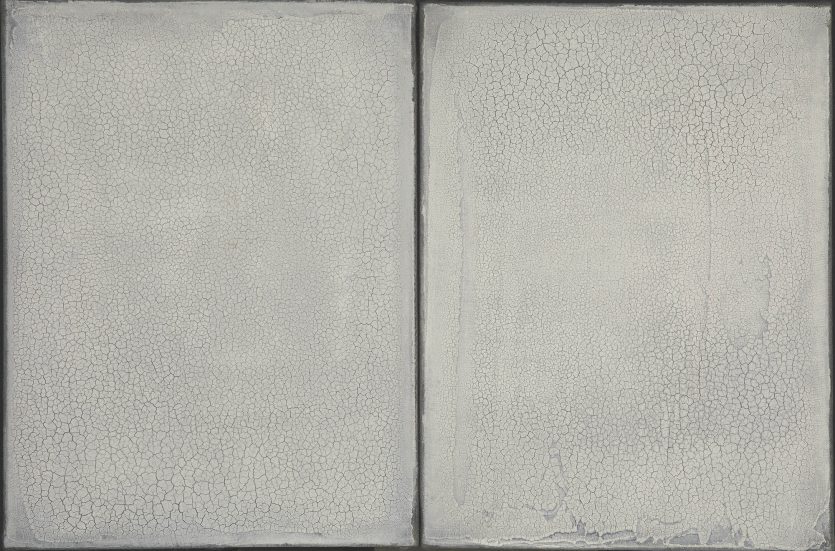 Ruth Miemczyk, 'letters_listy' (2023)
Ruth Miemczyk, 'letters_listy' (2023)
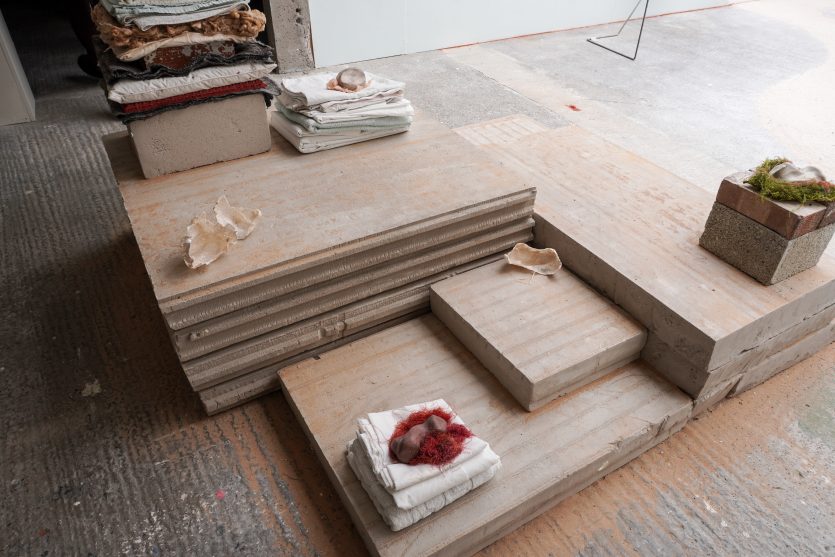
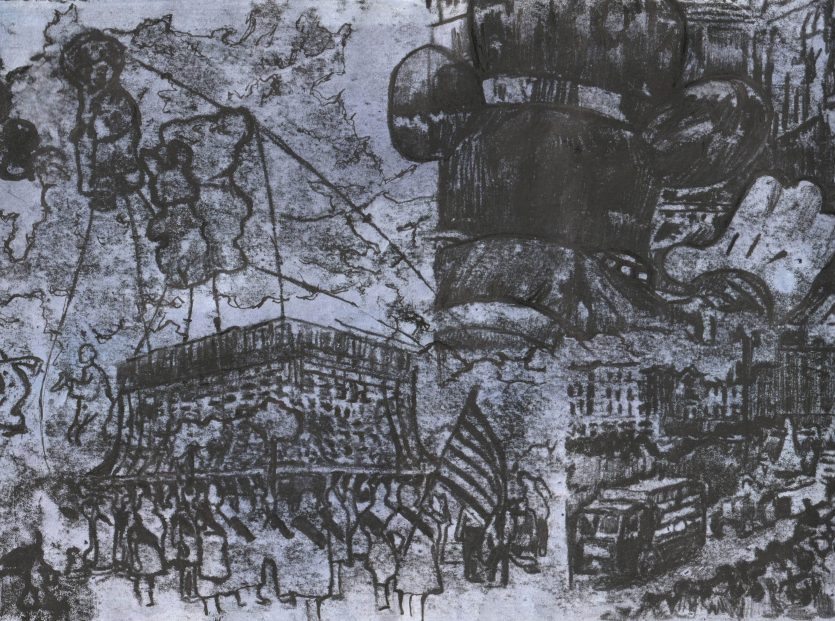 Bambi Smith, 'Parade Monoprint' (2022)
Bambi Smith, 'Parade Monoprint' (2022)
